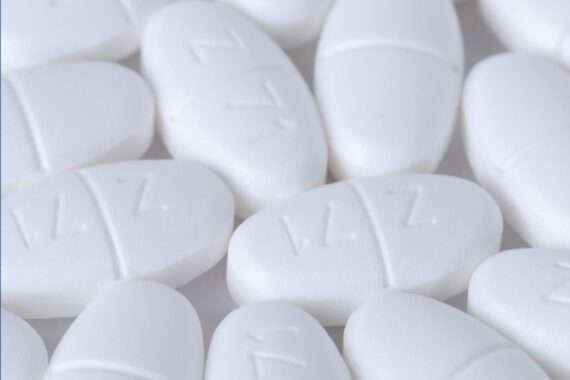Number of diabetes prescriptions by GPs increased by 5% last year

The number of patients prescribed drugs for diabetes by their GP increased by almost 5% last year, figures from the NHS Business Services Authority show.
A total of 3.2 million patients were prescribed medicines for diabetes in primary care in 2021/22 at a cost of £1.25 billion.
It is a 4.95% increase in the number of patients receiving medicines for diabetes from the previous year – the largest increase since 2015/16, NHSBSA said.
The drugs budget for diabetes has increased by 30.5% in the past six years and now accounts for 13% of the NHS spend on prescriptions in England.
It coincides with the number of patients on medication for diabetes rising by 18% from 2.7 million in 2015/16.
The figures also show that more men than women are receiving drugs to treat diabetes and those in deprived areas are most affected by the increasing trends.
In GP practices in the most deprived areas of England there were two and a half times as many patients receiving prescriptions for diabetes compared the least deprived.
Overall, the cost of medicines in the antidiabetic drugs category has risen 76% in six years, the figures showed.
However, the cost of prescribing of diabetic and diagnostic and monitoring agents was £139 million last year, a 6.26% decrease from £148 million reported in 2020/21.
Research published earlier this year found that thousands of people had avoided developing type 2 diabetes because of the NHS prevention programme.
A Government-funded study into the scheme found there had been a 7% reduction in the number of new diabetes diagnoses between 2018 and 2019.
There had been calls for GP practices to receive targeted investment to focus on diabetic health checks after figures from the National Diabetes Audit showed a drop off during the pandemic.
UK researchers have also reported that the risk of developing diabetes is higher in the three months after a Covid-19 infection.
Pulse October survey
Take our July 2025 survey to potentially win £1.000 worth of tokens

Visit Pulse Reference for details on 140 symptoms, including easily searchable symptoms and categories, offering you a free platform to check symptoms and receive potential diagnoses during consultations.



 Oviva’s fully remote Tier 3 Weight Management programme
Oviva’s fully remote Tier 3 Weight Management programme





